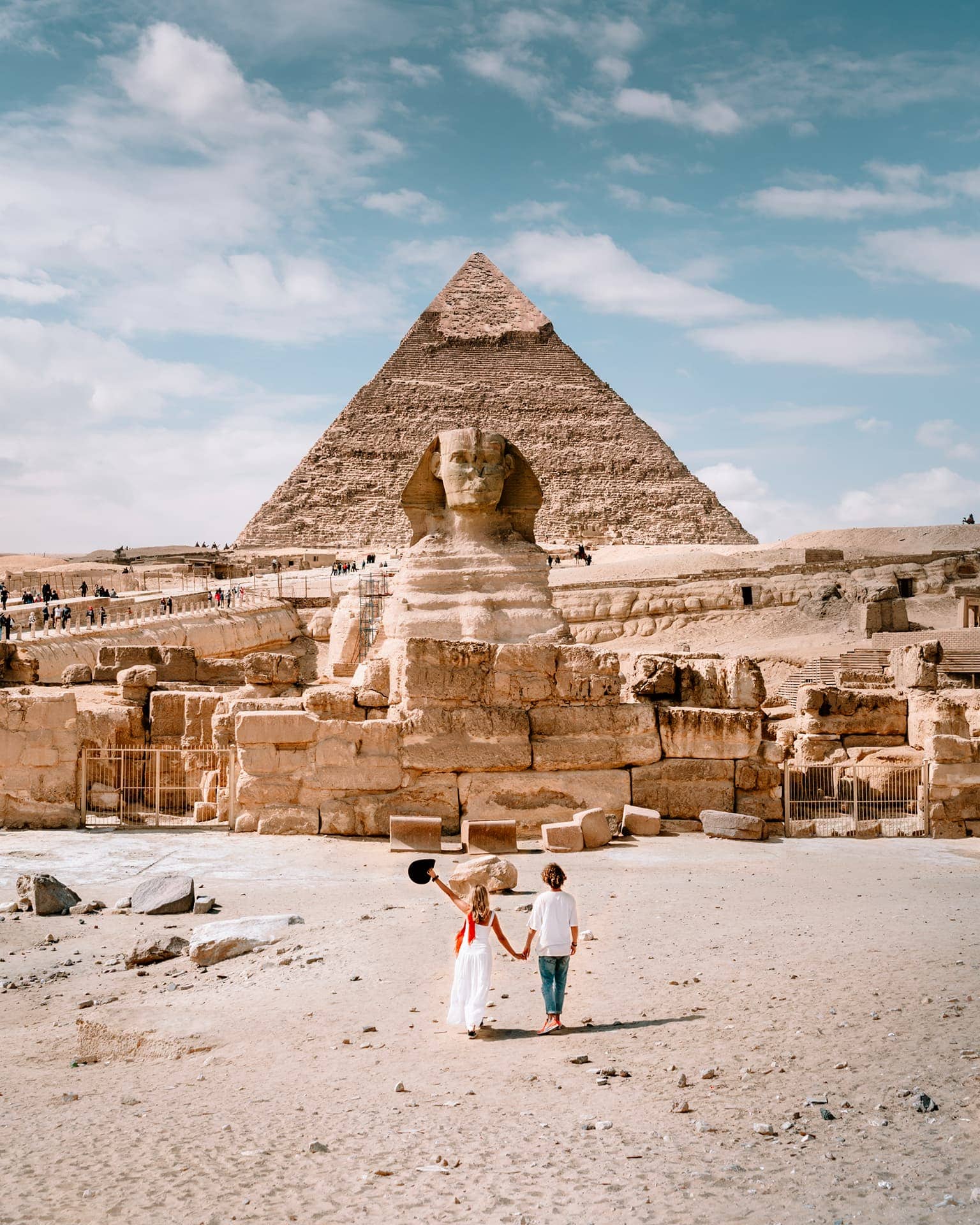The Sun Temple of Userkaf is an ancient Egyptian temple complex located at Abu Sir, near Cairo, dating back to the Fifth Dynasty (circa 25th century BCE) of the Old Kingdom period. It was constructed during the reign of Pharaoh Userkaf, who was the founder of the Fifth Dynasty and known for initiating the construction of solar temples dedicated to the sun god Ra.
The layout of the Sun Temple of Userkaf followed a typical design used for solar temples during this period. It consisted of an open courtyard, a causeway leading to a valley temple, and a main temple structure oriented towards the east to capture the rising sun. The temple's purpose was to serve as a religious center where rituals and offerings were conducted to honor Ra and ensure the eternal rebirth and sustenance of the pharaoh's spirit.
The main features of the Sun Temple included:
1. **Valley Temple**: Situated at the edge of the Nile floodplain, the valley temple served as the entrance to the complex. It likely had a quay for ceremonial boat processions and was connected to the causeway leading up to the main temple.
2. **Causeway**: A raised, covered causeway connected the valley temple to the main temple. This causeway was decorated with scenes depicting religious processions and offerings.
3. **Courtyard**: The main temple was surrounded by an open courtyard where various rituals and ceremonies were conducted. This courtyard was probably adorned with statues and stelae dedicated to Ra and the pharaoh.
4. **Main Temple**: The heart of the complex was the main temple structure, which included a series of rooms and halls. The temple was aligned with astronomical precision to capture the rays of the rising sun during important solar events like the summer solstice.
5. **Altars and Offering Tables**: Inside the temple, there were altars and offering tables used for making offerings to Ra. These offerings typically included food, drink, and incense, which were believed to nourish the god and sustain the pharaoh's spirit in the afterlife.
6. **Obelisk**: The temple likely featured an obelisk—a tall, narrow monument carved from a single piece of stone. Obelisks were symbols of the sun god Ra and were believed to represent the sun's rays piercing the sky.
The Sun Temple of Userkaf, although now mostly in ruins, provides valuable insights into the religious beliefs and architectural practices of ancient Egypt, particularly regarding solar worship and the cult of the pharaoh. Its design and symbolism reflect the Egyptian belief in the sun as a symbol of eternity, renewal, and divine power, central to their concept of kingship and the afterlife.
 English
English











